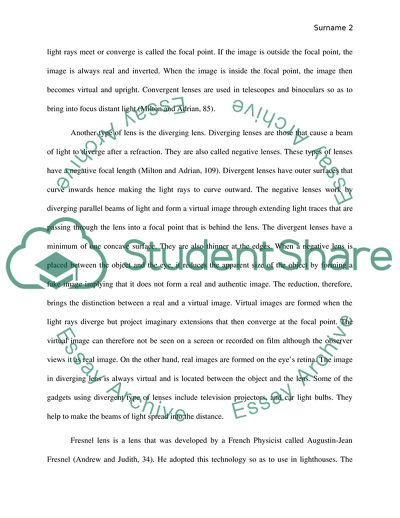Cite this document
(Characteristics and Uses of Lenses Case Study Example | Topics and Well Written Essays - 1500 words, n.d.)
Characteristics and Uses of Lenses Case Study Example | Topics and Well Written Essays - 1500 words. https://studentshare.org/physics/1861633-lenses-and-fresnel-lenses
Characteristics and Uses of Lenses Case Study Example | Topics and Well Written Essays - 1500 words. https://studentshare.org/physics/1861633-lenses-and-fresnel-lenses
(Characteristics and Uses of Lenses Case Study Example | Topics and Well Written Essays - 1500 Words)
Characteristics and Uses of Lenses Case Study Example | Topics and Well Written Essays - 1500 Words. https://studentshare.org/physics/1861633-lenses-and-fresnel-lenses.
Characteristics and Uses of Lenses Case Study Example | Topics and Well Written Essays - 1500 Words. https://studentshare.org/physics/1861633-lenses-and-fresnel-lenses.
“Characteristics and Uses of Lenses Case Study Example | Topics and Well Written Essays - 1500 Words”. https://studentshare.org/physics/1861633-lenses-and-fresnel-lenses.


